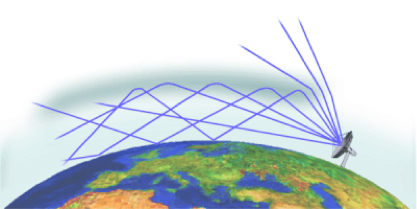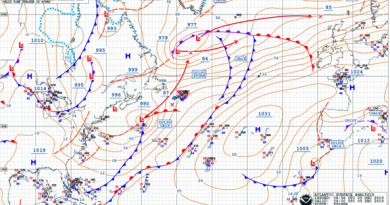RYA-tips #13 – Bending the Waves
Zeilen is een combinatie van wetenschap en kunst. En voor wie daar meer over wilt weten schrijft Albert De Nijs, instructeur bij de De Zeezeilers van Marken wekelijks een rubriek met tips&trics van de Royal Yachting Association.

In a previous article we discussed that rays of light are refracted in the atmosphere, causing the Sun to be visible while physically still below the horizon, increasing the daylight period.
A similar phenomenon happens sometimes with radio and radar waves. The nominal range of our short-range radio (VHF) is slightly greater than you would expect looking just at the curvature of the earth.
In a High-pressure system the descending air will be warming and drying (subsidence) while the air at the sea surface remains cold and moist. This division with cold air below and warm air above is called an inversion. Radio waves entering the warmer air are refracted back to the surface. The radio (or radar) waves will be curving with the earth thereby increasing the reception range. This super refraction is called anomalous propagation (anaprop for short).
For a sailing yacht the nominal radio range to another yacht is around 20 nm, to a powerful land station around 30 nm. Sailing on the Elbe in a substantial High-pressure area we received Dover Coastguard, a range of at least 250 nm. We heard the hourly VHF Ch.16 reports from 4 countries every time!
In these circumstances the range of radar is also greatly enhanced, producing strong echo’s at large distances from the radar. This makes accurate interpretation more challenging.
Albert de Nijs, Dutch Offshore Sailing Academy



